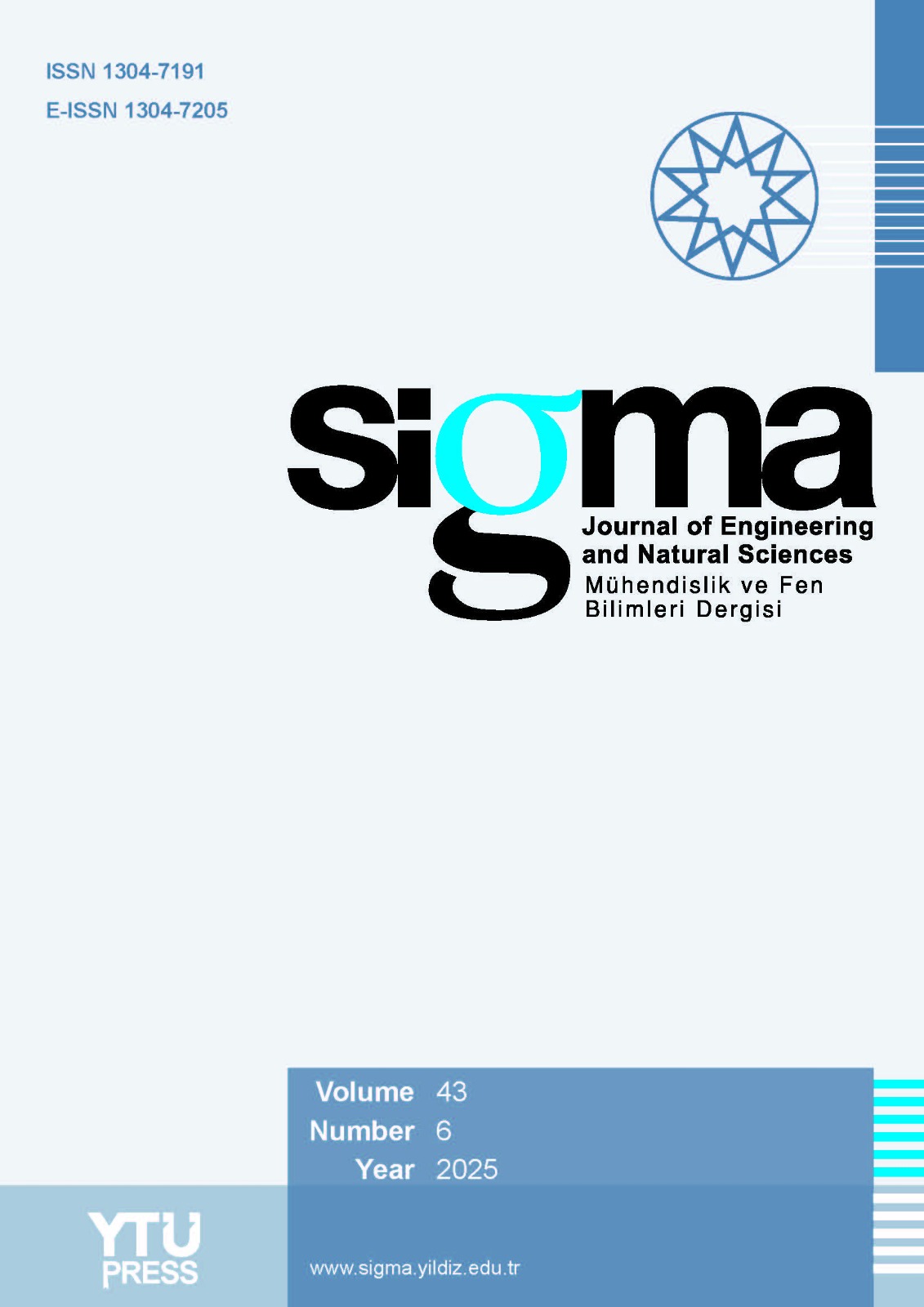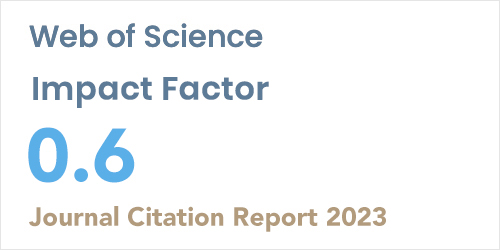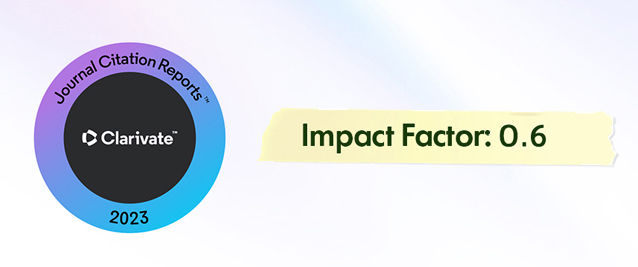2EOSB Higher Vocational School, Firat University, Elazig, 23119, Türkiye
3Department of Chemistry, Harran University, Sanliurfa, 63190, Türkiye
4Department of Chemistry, Adiyaman University, Adiyaman, 02040, Türkiye
Abstract
The aim of this study was to determine the monomer reactivity ratios, thermal properties and thermal degradation behavior of new P(N-[2-(4-brombenzoyl)-benzofuran-3-yl]-2-methacrylamide-co-styrene) polymers synthesized at different compositions. For this purpose, novel copolymers of N-[2-(4-brombenzoyl)-benzofuran-3-yl]-2-methacrylamide (NBBM) monomer with styrene (St) monomer were prepared using free radical polymerization method. The 1H-NMR spectra was used to calculate the compositions of the copolymers. The reactivity ratios of monomers were calculated in line with the universal copolymerization equation using Kelen-Tüdös and Finemann-Ross linearization methods, and found to be r1:0,62 r2:1,09 and r1:0,61, r2:1,07 respectively (where r1 is reactivity ratio of NBBM). DSC, TGA and DTG were used to study the thermal behaviors of the copolymers. The Tg value of P(NBMM) was found to be 211 oC and the Tg values of the studied copolymers were determined to increase from 144 oC to 184 oC with increasing concentration of NBMM units. Thermal data showed that the maximum degradation temperatures increased from 349 oC to 391 oC as the St units increased in the copolymer system. The activation energy (Ea) values of P(NBBM) and the studied copolymer were determined from the TGA curves obtained at different heating rates and the Flynn-Wall-Qzawa, Kissinger, Tang isoconversional methods were used. Solid state reaction mechanisms were also calculated by being used the Van Krevelen method, a non-isoconversion model. The Ea values obtained with isoconversion models for P(NBBM) and copolymer were found very close to the values obtained from non-isoconversion models. Moreover, the R3 mechanism was proposed for the homopolymer and copolymer.














